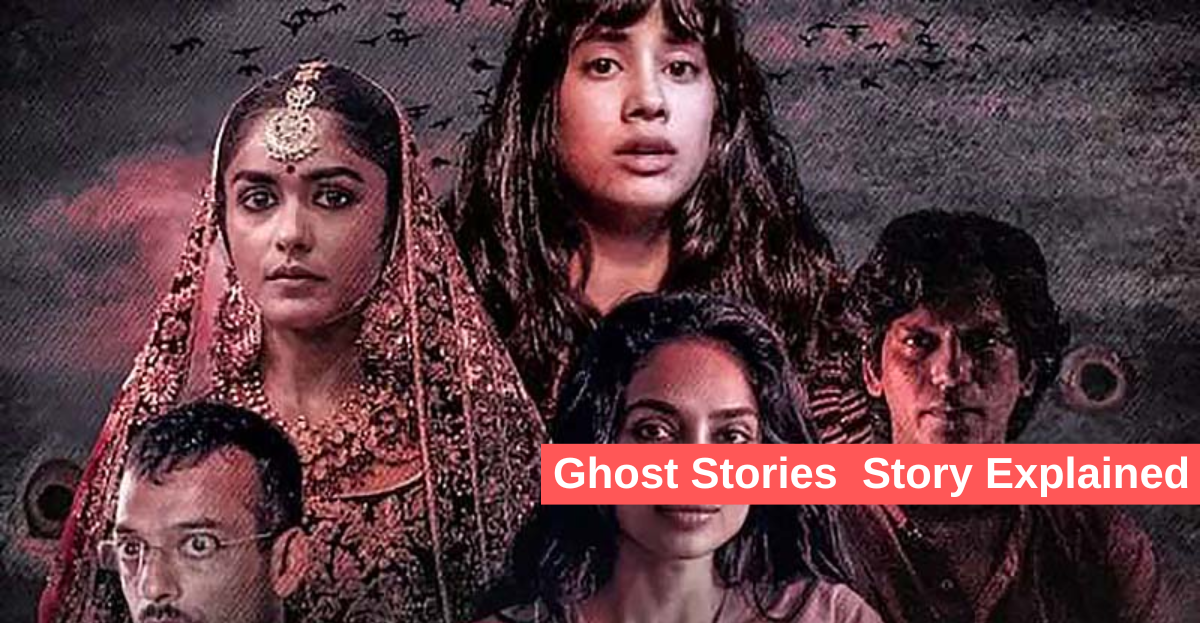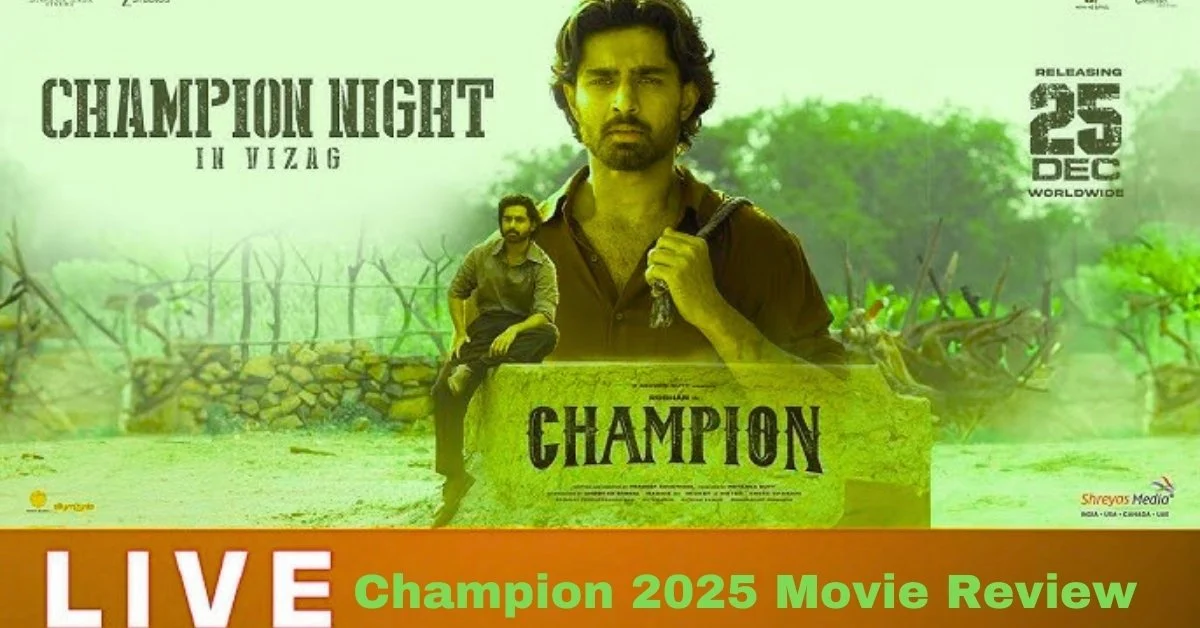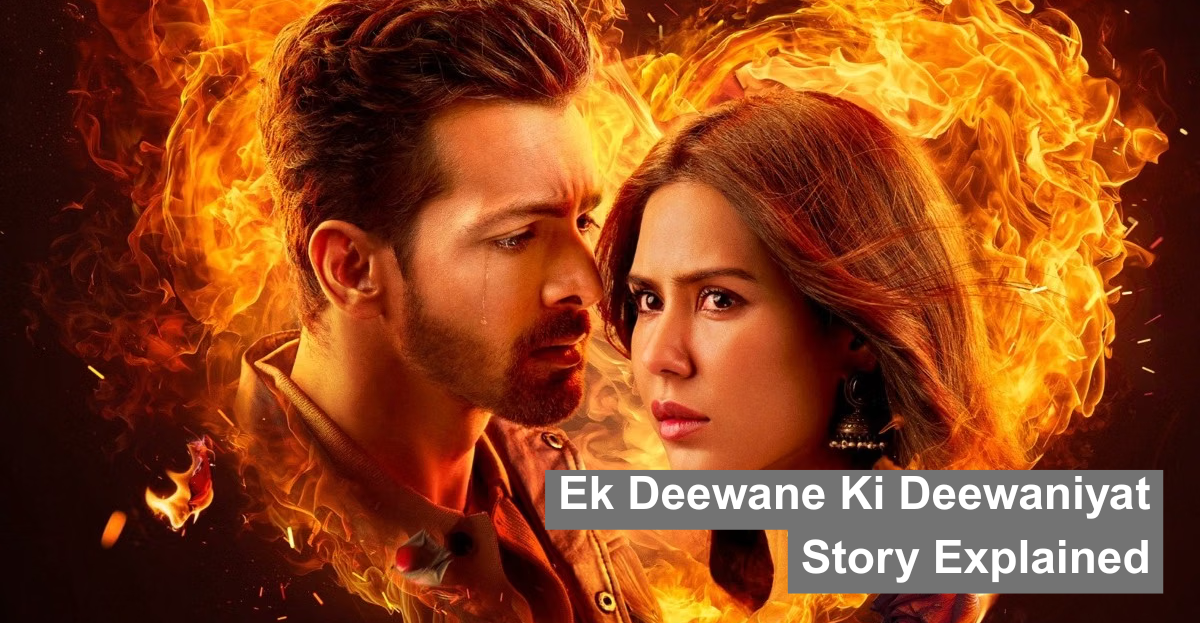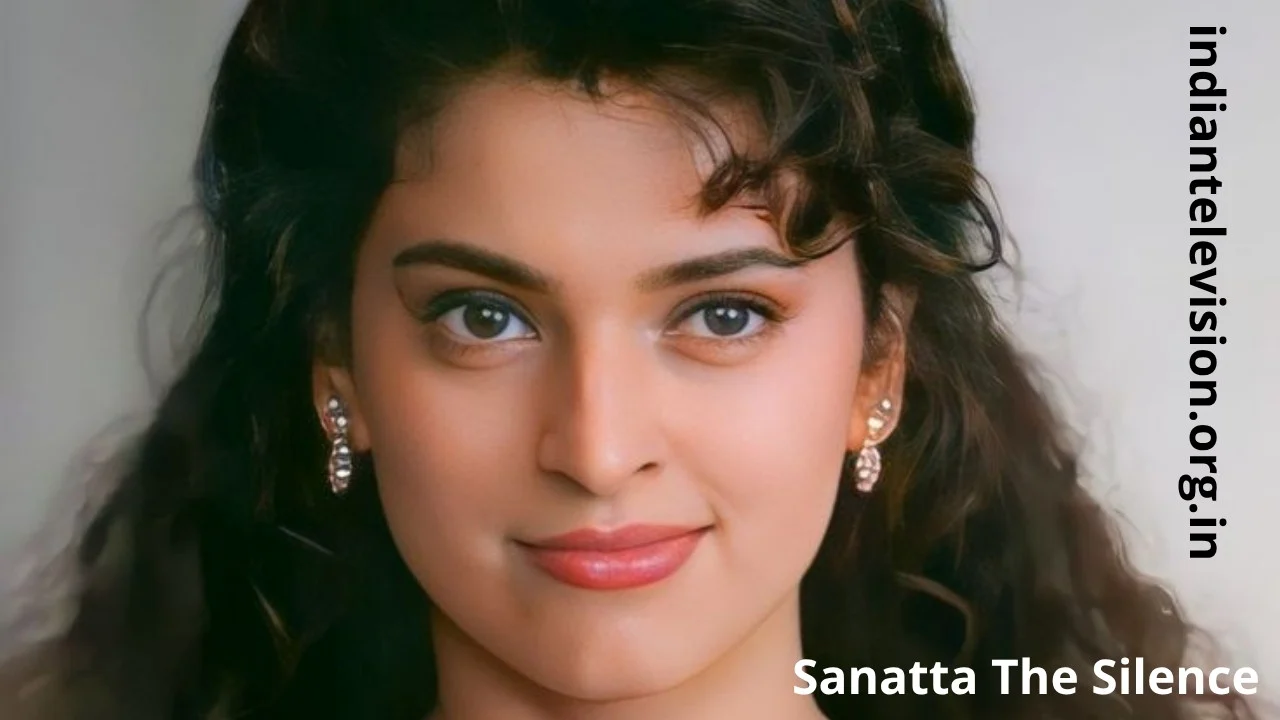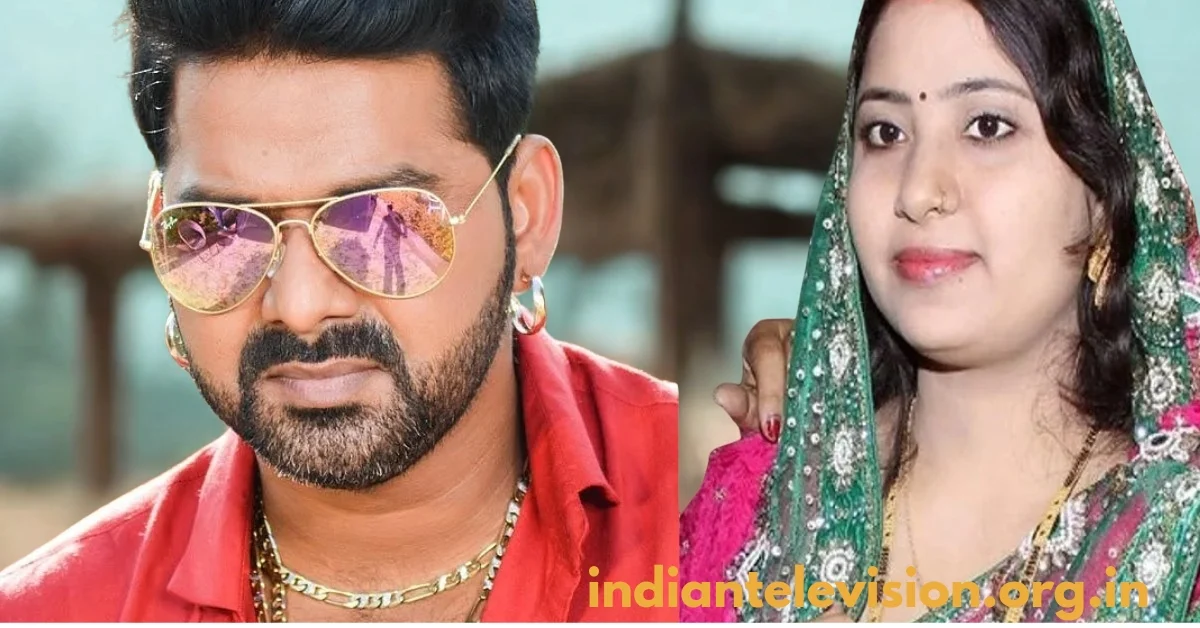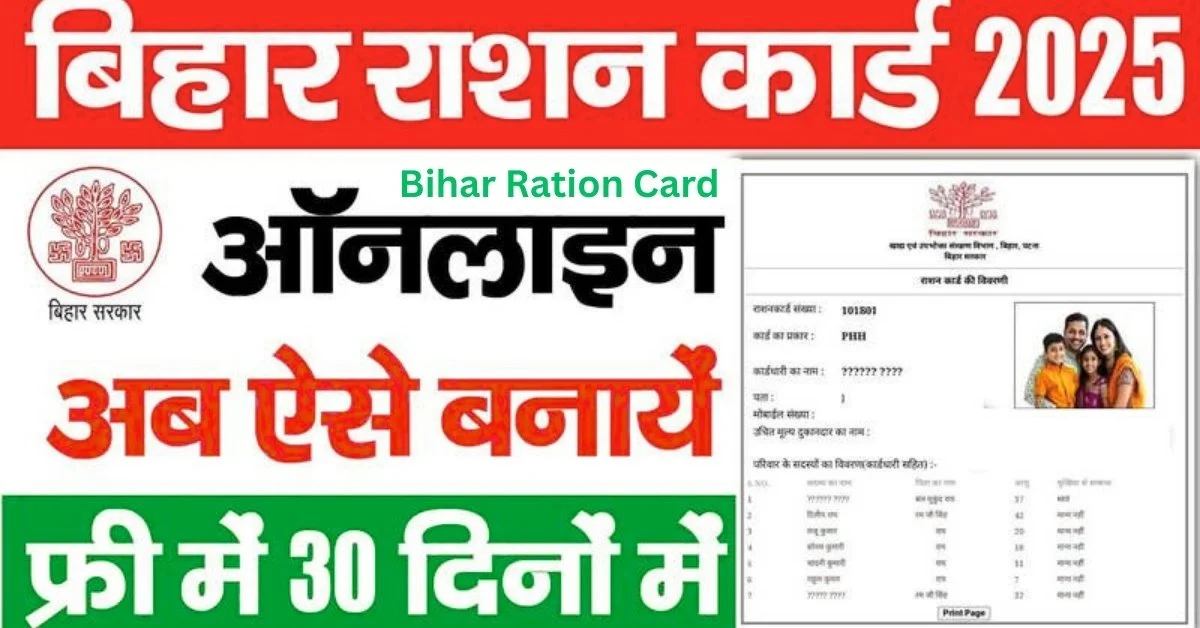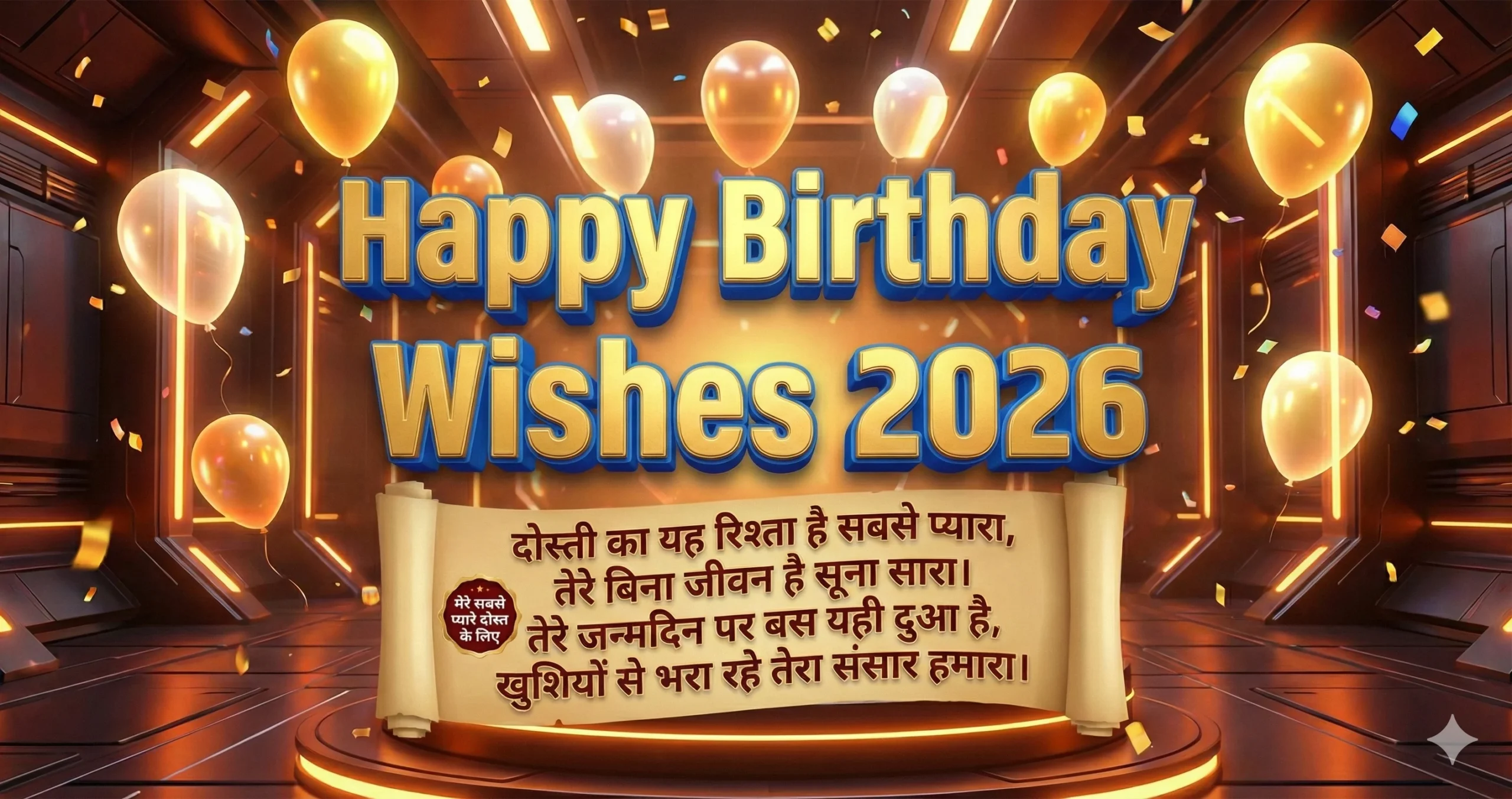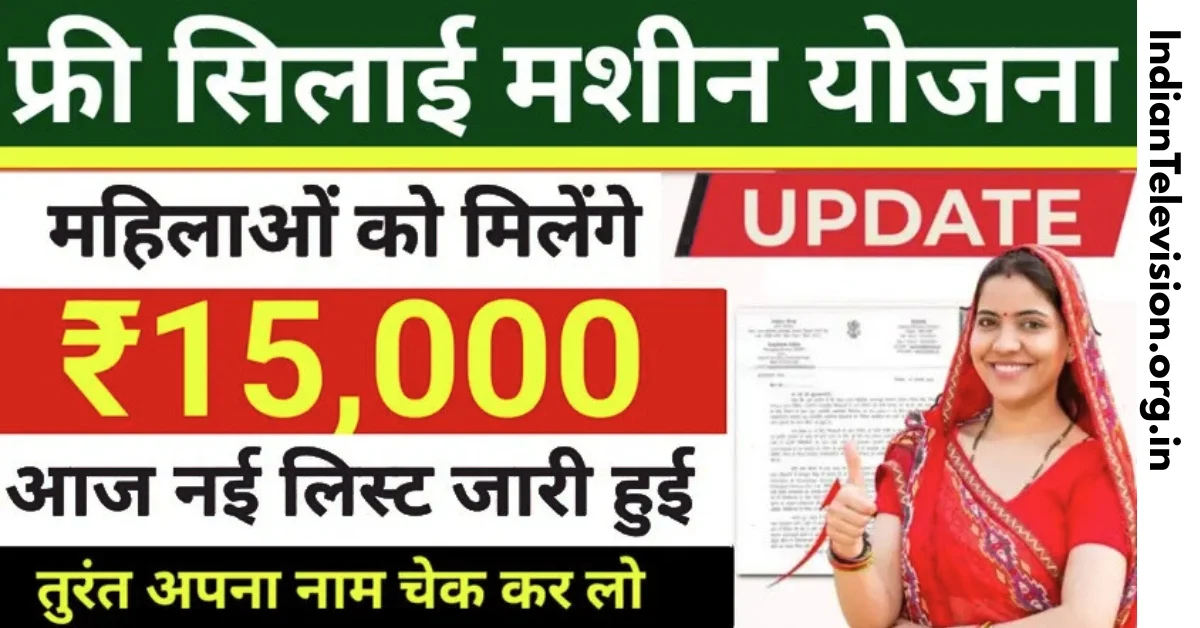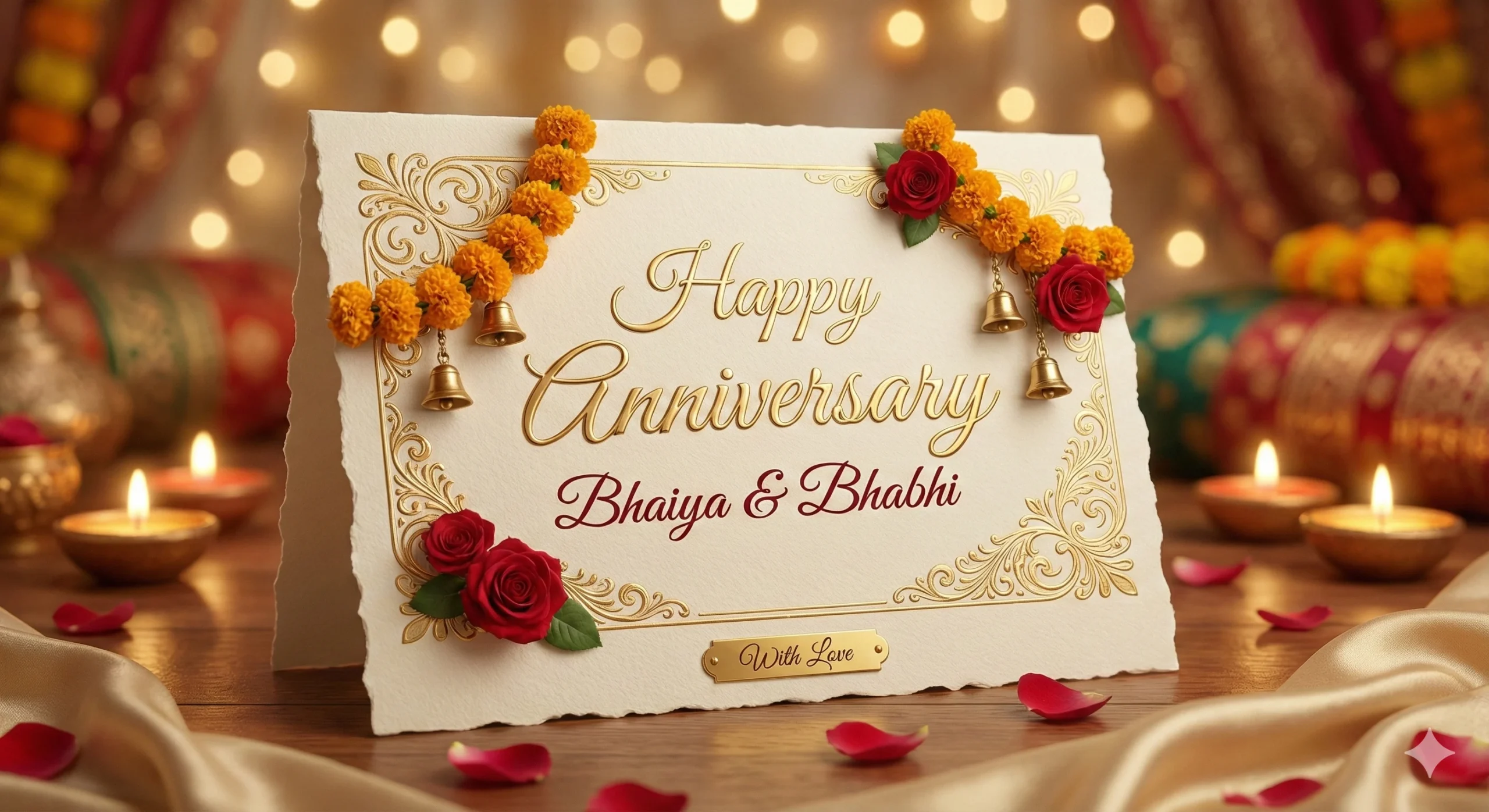Ghost Stories Plot Summary
Andy Nyman plays Professor Phillip Goodman, who is known for exposing fake psychics. But everything changes when his long-lost hero, Charles Cameron, calls him with one last challenge: three haunting cases that haven’t been solved yet.
Every story slowly makes Goodman less sure of himself. A night watchman hears voices coming from an empty asylum. A forest creature is haunting a young boy named Simon.
Mike, a businessman, sees a ghost near a baby’s crib. These moments create quiet fear instead of cheap jump scares, which makes the mood dark and very disturbing.
Ghost Stories Ending Explained
Everything goes wrong at the end. Goodman isn’t really solving hauntings. He is stuck in a coma after trying to kill himself, and he feels terrible about not being there for his dying father.
The ghosts in his mind are parts of his guilt. Each ghost is a piece of his broken mind. The watchman is like Simon’s father, who has lost his memory; Simon is like Mike, who is empty in his adult life.
Goodman’s death in a car accident at the end is like his father’s death. The loop at the end suggests that he will be punished forever until he learns to forgive himself.
The movie doesn’t use ghosts to scare people; it uses guilt as the real horror. Many people now think of it as a modern British classic that looks at fragile masculinity in a way that feels more relevant than ever in 2025
Ghost Stories (2020) – Bollywood’s Uneven Chills
Plot Summary:
This collection of stories has four different ghost stories directed by four different people. The story by Zoya Akhtar is about a nurse who takes care of an old woman who may be more than she seems.
Anurag Kashyap tells a haunting love story that looks at obsession and betrayal. Dibakar Banerjee combines a strange story about cannibal kids with social horror.
Karan Johar adds a supernatural twist to a wedding, where the bride has to deal with her husband’s creepy family secret. These stories all deal with themes of loneliness, love, guilt, and fear of other cultures.
Ending Explained:
Each story has a different meaning. Akhtar’s twist shows that the nurse’s ghost encounter is really just a hallucination, which stands for guilt and loneliness.
Kashyap’s story ends with two lovers who are stuck because of their own mistakes. Banerjee’s story is unique because it is so brutally honest about hunger and fear in a village that is falling apart.
Johar’s part is a twisted family story in which love turns into fear. The movie tries to be more psychological than scary, but some parts don’t feel right.
But Kashyap’s direction is still the best because it is so intense and emotional.
Public Opinion & Audience Reaction
There are a lot of comparisons going on on the internet. About 85% of users still like the 2017 version better because it has more emotional depth and better storytelling.
A lot of people call it “British horror’s Black Mirror.” The 2020 version, on the other hand, splits the audience. About 60% like its mix of cultures and bold ideas, while others think it’s not consistent.
People like that both versions put more emphasis on feelings than on monsters. The 2017 movie’s look at guilt fits in with trends in therapy and self-reflection.
People like the 2020 version because it shows horror through social and mental problems. Critics say that the setting dim lights, narrow halls, and rainy scenes creates fear better than special effects.
The main problem is that the pacing is too slow, especially in the anthology format.
Overall, people give both movies a good rating, with an average of 4 out of 5 stars. Most people say they are good for people who like horror that builds up slowly and makes you think instead of jump scares.
Recent Trends
Both movies got more attention online in October 2025. Hashtags like #GhostStoriesExplained got more than 20,000 likes.
Fans come up with theories that connect the 2017 version to real ghost stories, and memes about its emotional twist go viral.
The old English dub of the anime Ghost Stories also became popular because people liked its dark creativity and chaotic humor.
This revival is part of a bigger trend in horror stories: people today want stories that are more emotional and psychological. They don’t fear monsters as much as they fear guilt, grief, and memories that aren’t finished.
